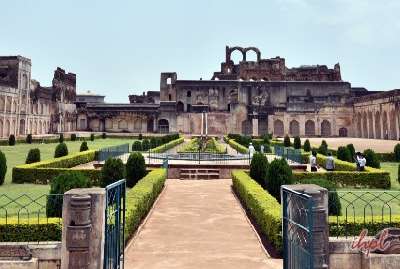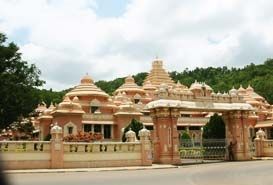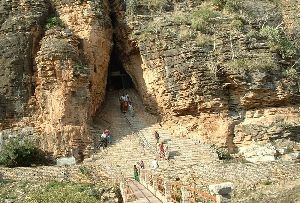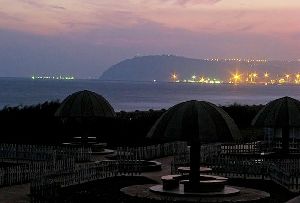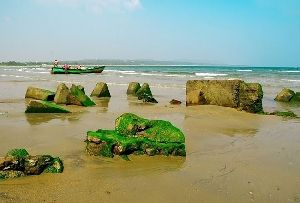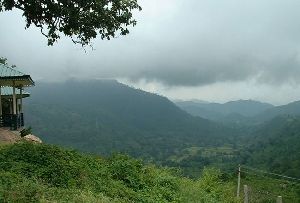The Ramalingeswara Temple located in Tadparti, Anantapur district of Andhra Pradesh is a well renowned temple. It is visited by a large number of tourists not only because they want to witness the architectural features that are displayed but also because of its holiness. The deity is highly revered by all. This famous temple on the south bank of the Pennar River will certainly impress you.
History of Ramalingeswara Temple, Tadparti
The most striking feature of the Ramalingeswara temple is that it is a unique combination of Chalukyan, Chola and Vijaynagar art. It successfully combines the best of all the three forms. The temple was constructed at the time of the reign of the Vijaynagar kings way back in the 15th century A.D.
According to local legends this is the very spot where at one point of time the famous sage Lord Parashurama lived. When he was penitent, he meditated and worshipped Lord Shiva so that he would be forgiven for his wrong doings.
Description of Ramalingeswara Temple, Tadparti
You are sure to be amazed at the remarkable architectural skills that the temple displays. There are a total of three shrines in the temple. The main shrine is dedicated to Lord Shiva and of the other two; one is dedicated to Parvati, Lord Shiva’s wife and the other to Ram, Lakshman as well as Sita.
There are two Gopurams in the temple and one of them is not finished. In spite of that what is visible is just superb. The sculptures are exquisite and have been very adroitly cut with very fine finishing. It may sound unbelievable but the Shiva Purana is carved on the walls of the temple. The dexterity of the craftsmen who engraved the story in great details is indeed admirable. They have not missed out on anything; everything has been carved in detail. The walls are also embellished with jewels, petals and miniature scrollwork. It is absolutely marvelous to look at.
The most interesting aspect of the temple is the perennial stream which flows underground and waters the Garba Griha or the Sanctum Sanctorum of the temple. This is why the stand of the Shiva Linga is always filled with water.





